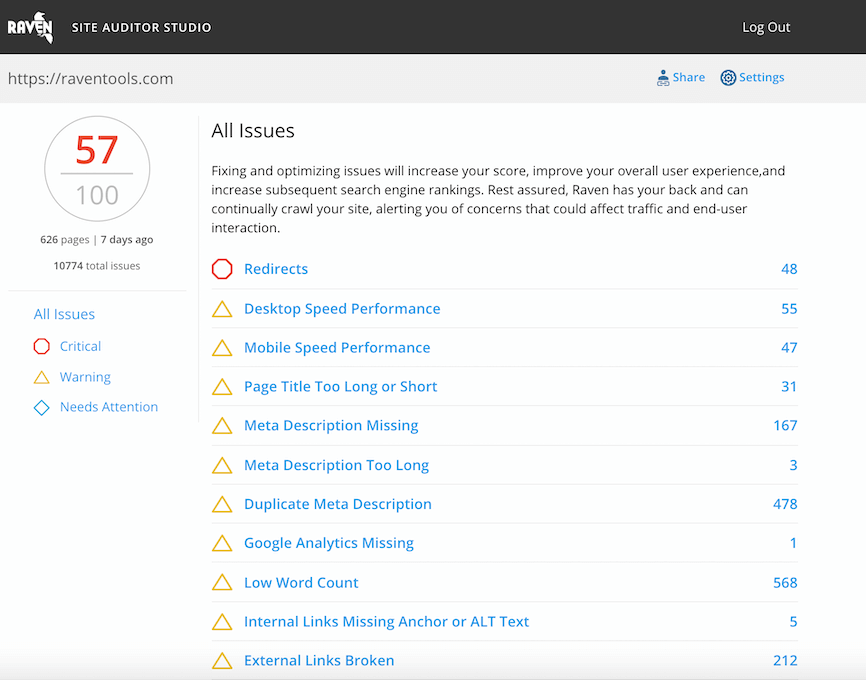Like most code based SEO enhancements, optimizing an image with text involves utilizing existing accessibility options already built into HTML. For example, adding the text in an image to the ALT attribute into the IMG element will help users with certain disabilities (or users with a text browser, like Lynx) and also provide more copy for search engines to analyze. So as an extra step, prudent webmasters, regardless of their overall purpose, provide alternate text for their images. However, Google may change that practice forever.
Google’s new patent application for reading text in images and videos may make the practice of including alternate text a thing of the past. In addition, it’s something that may open a huge door for SEO opportunities and innovative services. Bill Slawski (of SEO by the SEA) listed several potential uses of this technology if it were used to analyze and associate text in images:
- Images are Associated with a Mapping Program
- Images Near Specific Locations are Associated with Each Other
- Images of Similar Businesses Presented as Alternatives
- Advertisements Shown with Images
- Google Interior Images
- Searching Museums for Images
I think the opportunities for search engine optimization are endless. In the same way that SEO specialists focus on keyword inclusion and repetition in semantically structured HTML documents, new focus will be put on the inclusion of text in both images and videos. In fact, if this technology is widely implemented — in the way I’m assuming it will be — it has the potential to change the way images and videos are used on the Internet. In the same way article titles have changed the way we communicate to both people and bots, we will see a rise in the use of images and videos that have the expressed intention of providing more content for bots to analyze (not just extra content for the user).
Like all new technologies that directly affect search engine results, we will see the rise of a new kind of spam — image and blog spam. For example, expect to see videos that have very little content, but have lots of text that change every few frames. It’s not all bad though. I think this technology will also be used to create original and interesting content. In the same way linkbait is used today, creative search marketers will find ways to create image and video content that takes direct advantage of this technology. A few ideas that come to mind include:
- Creating linkbait articles, like searching and finding the ten most interesting or funny road signs.
- A search engine that helps you find posters and flyers for concerts and events.
- Online treasure hunt games where you follow the trail of certain videos and try to spot a secret code or the next clue to search with.
If this technology is used in the way I think and hope it will be, it has the potential to disrupt the type of content that’s currently being created for the Internet. It will also influence and modify how search marketers approach their SEO campaigns.

Analyze over 20 different technical SEO issues and create to-do lists for your team while sending error reports to your client.



